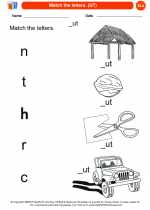Word Families
Word families are groups of words that have a common feature or pattern, such as a similar ending or a common sound. Understanding word families helps children recognize and read new words by finding common patterns and applying them to different words. This is an important skill for kindergarten students as they develop their reading and writing abilities.
Examples of Word Families
Here are some examples of word families:
- -at family: cat, hat, mat, sat
- -an family: can, fan, man, pan
- -it family: bit, fit, kit, sit
- -op family: top, hop, mop, cop
Teaching Word Families
When teaching word families to kindergarteners, it's important to use a variety of activities and resources to help reinforce the concept. Here are some effective ways to teach word families:
- Word Family Houses: Create "word family houses" by writing the word family ending on the roof and adding different words from that family in the windows and doors.
- Word Family Flip Books: Make flip books with different word families, so children can flip through and see how changing the beginning sound creates new words in the same family.
- Word Family Bingo: Play bingo using word family words to help children recognize and read words from the same family.
- Word Family Worksheets: Use worksheets with word family activities and exercises to reinforce learning.
Benefits of Learning Word Families
Learning word families offers several benefits for kindergarteners, including:
- Building phonemic awareness and decoding skills
- Expanding vocabulary and word recognition
- Enhancing reading and spelling abilities
- Improving fluency and comprehension
By mastering word families, children can become more confident readers and writers as they see patterns and connections between words, making it easier for them to learn and apply new vocabulary and spelling rules.
[Word Families] Related Worksheets and Study Guides:
.◂English Language Arts Worksheets and Study Guides Kindergarten. Word Families
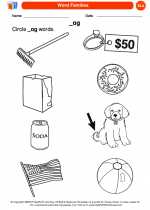
 Coloring Worksheet
Coloring Worksheet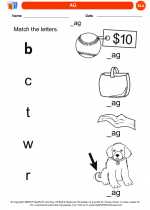
 Coloring Worksheet
Coloring Worksheet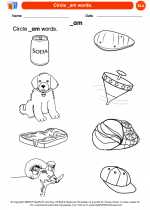
 Coloring Worksheet
Coloring Worksheet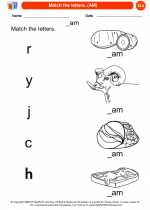
 Coloring Worksheet
Coloring Worksheet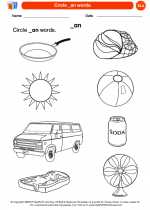
 Coloring Worksheet
Coloring Worksheet
 Coloring Worksheet
Coloring Worksheet
 Coloring Worksheet
Coloring Worksheet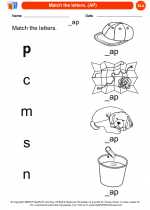
 Coloring Worksheet
Coloring Worksheet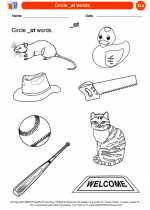
 Coloring Worksheet
Coloring Worksheet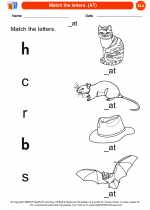
 Coloring Worksheet
Coloring Worksheet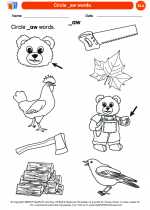
 Coloring Worksheet
Coloring Worksheet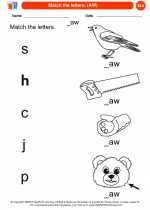
 Coloring Worksheet
Coloring Worksheet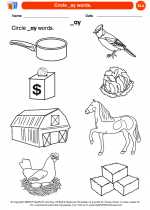
 Coloring Worksheet
Coloring Worksheet
 Coloring Worksheet
Coloring Worksheet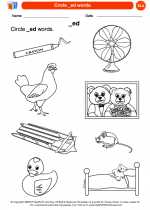
 Coloring Worksheet
Coloring Worksheet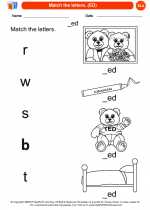
 Coloring Worksheet
Coloring Worksheet
 Coloring Worksheet
Coloring Worksheet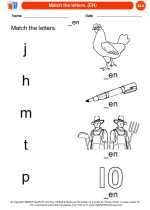
 Coloring Worksheet
Coloring Worksheet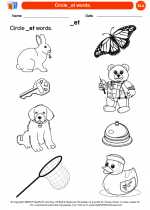
 Coloring Worksheet
Coloring Worksheet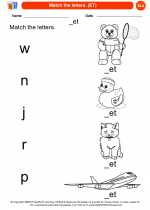
 Coloring Worksheet
Coloring Worksheet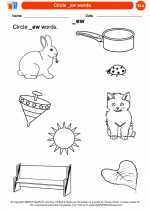
 Coloring Worksheet
Coloring Worksheet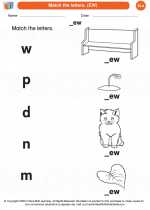
 Coloring Worksheet
Coloring Worksheet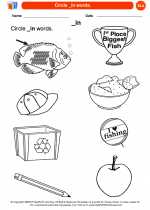
 Coloring Worksheet
Coloring Worksheet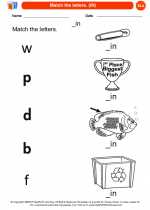
 Coloring Worksheet
Coloring Worksheet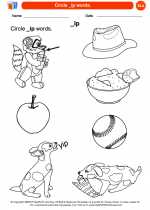
 Coloring Worksheet
Coloring Worksheet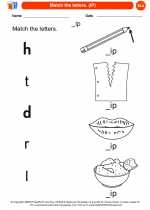
 Coloring Worksheet
Coloring Worksheet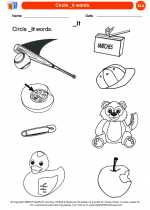
 Coloring Worksheet
Coloring Worksheet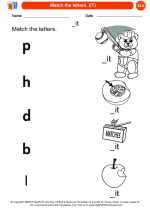
 Coloring Worksheet
Coloring Worksheet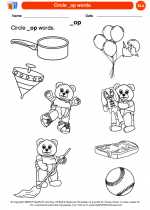
 Coloring Worksheet
Coloring Worksheet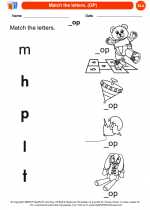
 Coloring Worksheet
Coloring Worksheet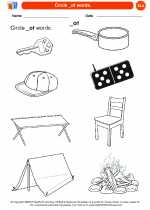
 Coloring Worksheet
Coloring Worksheet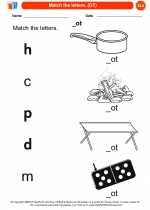
 Coloring Worksheet
Coloring Worksheet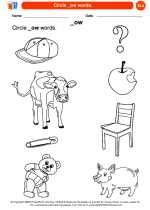
 Coloring Worksheet
Coloring Worksheet
 Coloring Worksheet
Coloring Worksheet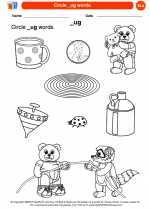
 Coloring Worksheet
Coloring Worksheet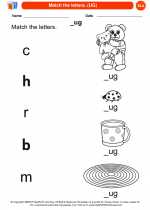
 Coloring Worksheet
Coloring Worksheet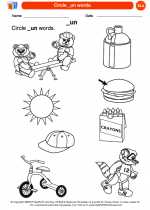
 Coloring Worksheet
Coloring Worksheet
 Coloring Worksheet
Coloring Worksheet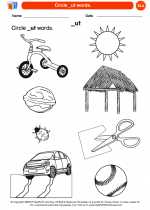
 Coloring Worksheet
Coloring Worksheet